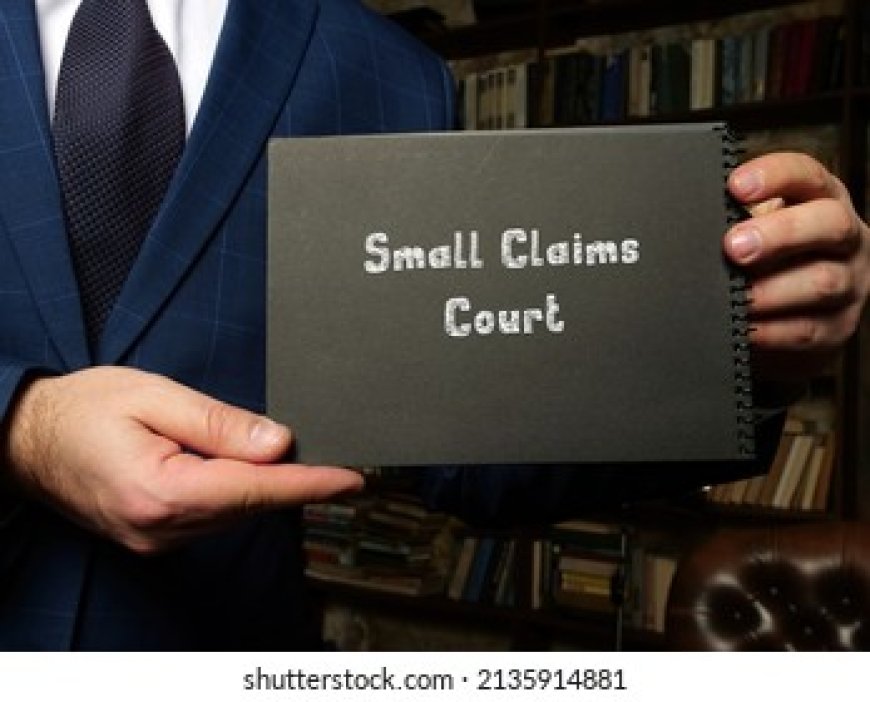Introduction to Small Claims Judgments
Learn how to enforce small claims judgments effectively. Discover methods and strategies for successful small claims processing.

When individuals or businesses reach a decision in a small claims processing court, they may still face challenges in getting the awarded amount paid. Enforcing a small claims judgment is crucial for ensuring that the justice process is complete. Even if a judgment is obtained, the courts role ends there, leaving the responsibility for enforcement on the claimant. In this article, well explore how to effectively enforce small claims judgments, the various options available, and the procedures involved in small claims processing.
Understanding Small Claims
Small claims are designed to provide individuals with an accessible, cost-effective means of resolving disputes over relatively small amounts of money, often without the need for expensive attorneys or lengthy court procedures. These cases are commonly heard in specialized courts, where the focus is on quick and fair resolutions.
Once a ruling is made, the person awarded the judgment is entitled to the specified amount of money. However, it is important to note that obtaining a favorable ruling doesnt automatically guarantee payment. The next critical step is the enforcement of the judgment.
What Does Enforcement Involve?
The enforcement process refers to the steps a claimant takes to collect the awarded sum from the defendant. This process varies depending on jurisdiction but generally follows a structured path. The key to successful enforcement is persistence and knowledge of the different methods available.
While the courts role in a small claims case typically ends once the judgment is delivered, the onus falls on the claimant to ensure the payment is made. This responsibility can seem daunting, but with the right tools and techniques, effective enforcement is entirely achievable.
Different Methods for Enforcing Small Claims Judgments
Writ of Garnishment
One of the most common methods for enforcing small claims judgments is garnishment. This process allows the claimant to directly access a portion of the defendants wages, bank accounts, or other financial assets. A court order is typically required for garnishment, which instructs the employer or financial institution to withhold money and remit it to the claimant.
The key advantage of garnishment is its reliability. It ensures that payments are made consistently, especially if the defendant has a regular source of income or accessible bank accounts.
Seizing Property
Another enforcement option is to seize property. If the defendant has valuable assets, these may be taken and sold at auction to satisfy the judgment. Property seizures can include real estate, vehicles, or other items of value.
This method can be more complicated and requires careful documentation to ensure that the process is carried out legally and efficiently. However, it can be an effective way to recover funds when other methods fail.
Debtors Examination
A debtors examination is a legal process in which the defendant is required to appear in court and disclose their financial situation, including assets, income, and other means by which the debt could be paid. This examination allows the claimant to better understand the defendants ability to pay the judgment and can be a precursor to other enforcement actions such as garnishment or property seizure.
This step is particularly useful when the defendant is uncooperative or when their financial status is unclear. By compelling the defendant to reveal their financial details, the claimant can take more targeted action.
Payment Plans
Sometimes, defendants may not have the full amount available for immediate payment. In such cases, the court may allow for a payment plan, where the defendant agrees to pay off the judgment in installments over a period of time. This arrangement is typically facilitated by the court but can be negotiated by the parties involved.
For claimants, setting up a payment plan can be an effective way to recover their money gradually. However, it requires careful monitoring to ensure that payments are being made as agreed.
Small Claims Processing in Different Jurisdictions
Its important to understand that the process of enforcing small claims judgments can vary depending on the jurisdiction. Each state or country may have different procedures for enforcing judgments, and the rules governing these procedures can differ significantly.
In some places, additional steps may be required before enforcement actions such as garnishment or property seizure can be initiated. Claimants should be aware of the specific requirements in their area to avoid unnecessary delays or legal complications.
Challenges in Enforcing Small Claims Judgments
Enforcing small claims judgments is not always straightforward. Some common challenges include:
-
Uncooperative Defendants: In many cases, the defendant may actively avoid paying the judgment or may not have the financial means to do so.
-
Complex Enforcement Procedures: In some cases, the enforcement process can be lengthy and complicated, requiring the claimant to navigate multiple steps.
-
Costs of Enforcement: While small claims processing is typically inexpensive, enforcement methods like garnishment or property seizure can involve additional costs, which the claimant may need to pay upfront.
Despite these challenges, its important to remember that the enforcement process is entirely possible with the right knowledge and persistence.
Strategies for Success
While there are hurdles to overcome, a few strategies can increase the likelihood of successfully enforcing a small claims judgment:
-
Stay Persistent: Even if initial efforts fail, continue pursuing enforcement. The defendant may eventually have the means or willingness to pay.
-
Use Professional Help: In some cases, a professional debt collection service may help streamline the process and increase the chances of successful enforcement.
-
Utilize All Available Tools: Dont limit yourself to one enforcement method. Consider using garnishment, debtors examination, or property seizure based on the defendants financial situation.
Conclusion
Enforcing small claims processing judgments requires patience, diligence, and an understanding of the various methods available. Small claims processing doesnt end once the court delivers a decision; the real challenge begins when its time to collect the money owed. Whether through garnishment, property seizure, or a payment plan, claimants have a range of tools at their disposal to ensure they are paid what they are owed.
By following the right procedures and remaining persistent, enforcing small claims judgments can be a successful and rewarding process for claimants.






































